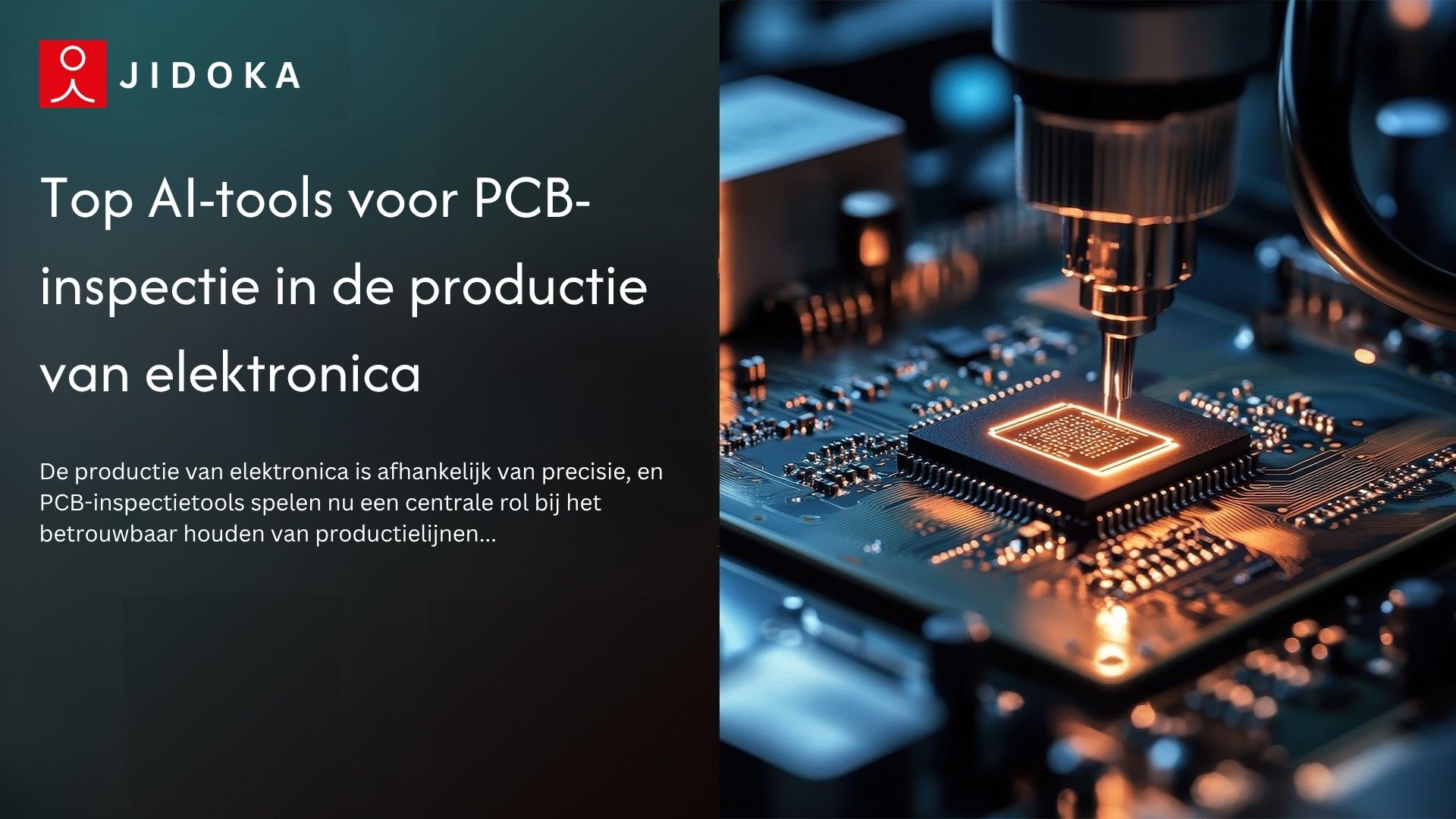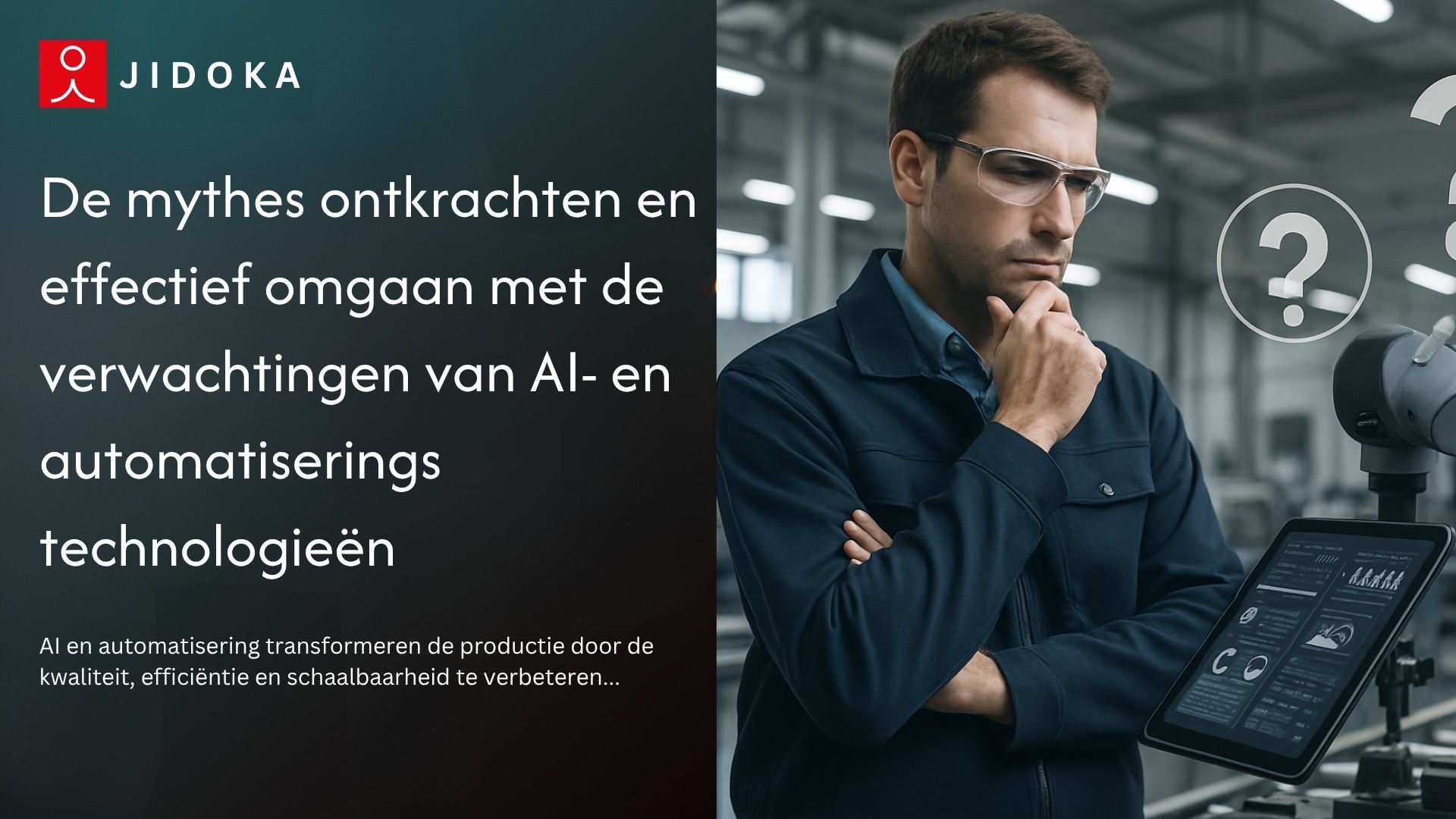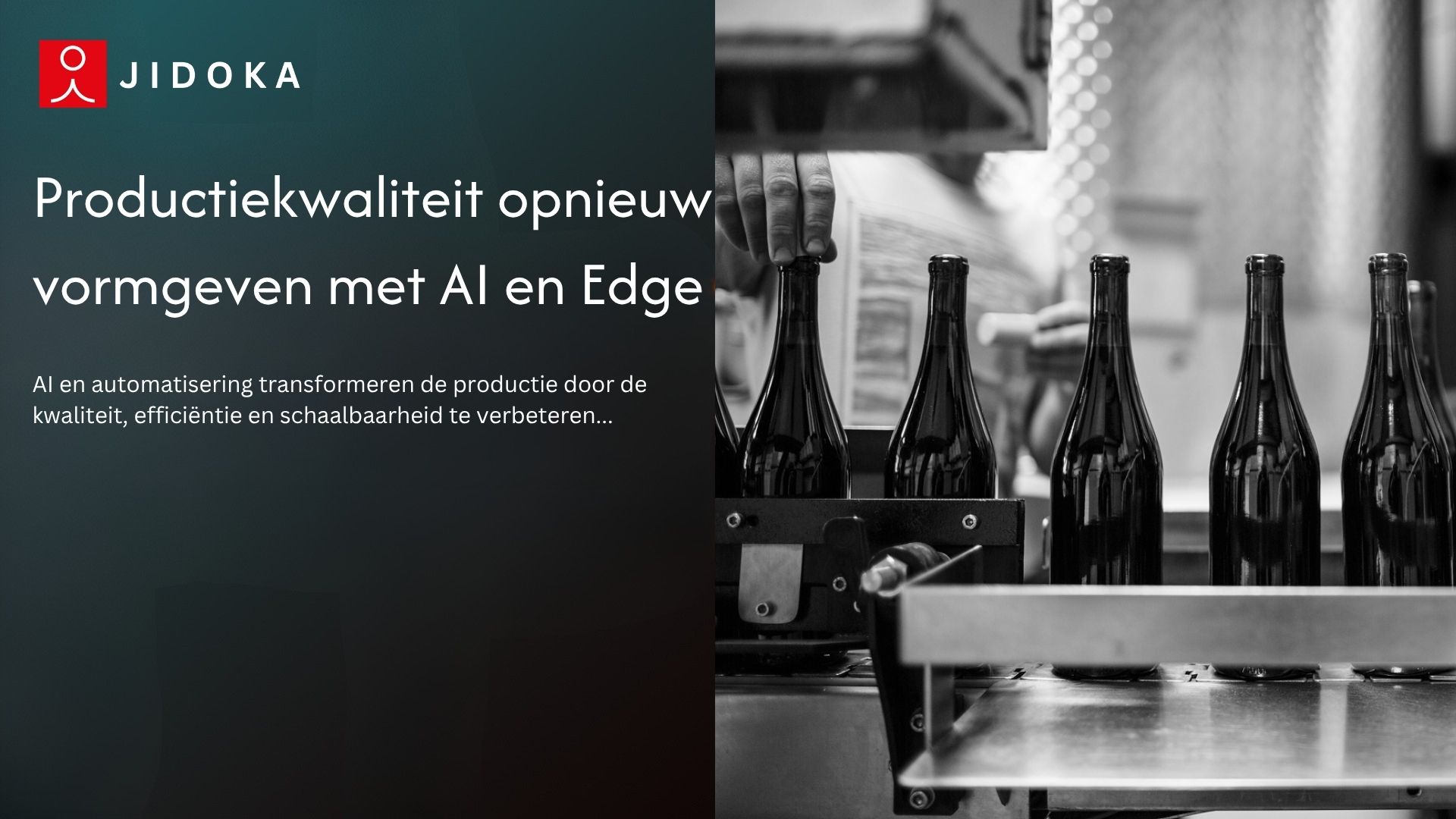De Amerikaanse productie haast zich om te automatiseren. Nu de markt voor machine vision groeit, investeren bedrijven om arbeidstekorten op te lossen en de kwaliteit te verbeteren. Maar hier is het probleem: een visiesysteem is geen simpele webcam.
Een slechte ervaring met de implementatie van visiesystemen kan u geld kosten 15-20% van je totale inkomsten. Het leidt tot maanden van valse afwijzingen, eindeloze aanpassingen en operators die de nieuwe technologie haten. Het doel is niet alleen om een camera te kopen. Je hebt een soepele implementatie van het visiesysteem ervaring die vanaf dag één ROI oplevert.
Deze gids behandelt hoe u dat proces kunt optimaliseren, van het bepalen van een visieproject voor uw Cognex-integratie tot de uiteindelijke afkoop.
De #1 valkuil: waarom uw ervaring met de implementatie van uw Vision System mislukt voordat u begint
Een slechte ervaring met de implementatie van een visiesysteem begint vaak met een simpele fout. Veel projecten mislukken vanwege een totale mislukking in de planning.
1. Definieer „Klaar” zonder dubbelzinnigheid
Je zou geen huis bouwen zonder een blauwdruk. Dit veroorzaakt veelvoorkomende storingen in het zichtsysteem. Het optimaliseren van de implementatie-ervaring van uw visiesysteem begint met het correct in kaart brengen van een visieproject. „We willen dat het 'slechte' onderdelen vindt.„zal falen. U moet succes definiëren met cijfers voor uw Keyence-visie-integratie.
- Slechte definitie: „Het systeem moet scheuren vinden.”
- Goede definitie: „Het systeem moet identificeren 99,9% van 'Defect Type A' (scheurtjes > 0,5 mm) met een foutenpercentage van < 0,1%.”
2. De kracht van het Proof of Concept (POC)
Koop nooit een systeem dat gebaseerd is op een verkoopdemo. Vraag een proof of concept (POC) machine vision-test. Deze stap bepaalt uw volledige ervaring met de implementatie van het visiesysteem. Stuur je integrator 50 „goede” onderdelen en 50 „slechte” onderdelen. Laat ze in hun lab bewijzen dat de technologie werkt.
3. Betrek uw operators vanaf dag één
Het systeem zal falen als de mensen die er elke dag gebruik van maken niet worden ingekocht. Hun input zorgt voor een betere implementatie-ervaring van het visiesysteem.
Vraag ze:”Wat is het meest voorkomende defect dat je ziet?„Hun kennis maakt de toekomstige opleiding van operators voor visiesystemen veel eenvoudiger.
Als je plan eenmaal goed is, moet je focus verschuiven naar wie zal het systeem daadwerkelijk bouwen.
Partner versus leverancier: uw Cognex-integratie of Keyence Vision-integratie optimaliseren
Kiezen voor een merk als Cognex of Keyence is slechts het halve werk. Uw ervaring met de implementatie van een visiesysteem wordt bepaald door wie het implementeert. Deze keuze vormt de kern van uw machine vision-projectmanagement.
1. Koopt u een camera of een oplossing?
Een Keyence-specialist voor visie-integratie verkoopt u niet alleen een camera; ze bieden u een gegarandeerd resultaat. De waarde van een Cognex-integratiepartner is hun ervaring met het verbinden van die camera met uw bestaande camera PLC's en HMI's.
De vision system integrator zorgt voor de logica, bouwt de bedieningsschermen en fabriceert de fysieke houders. Ze bieden een volledige oplossing, niet alleen een doos.
2. Belangrijke vragen voor uw Vision System-integrator
Wanneer u een partner voor visiesystemen selecteert, moet u de juiste vragen stellen om een goede ervaring met de implementatie van visiesystemen te garanderen.
- Heb je dit exacte probleem al eerder opgelost? (Vraag naar casestudies.)
- Wat is je ondersteuningsplan? (Wat gebeurt er als de lijn om 3 uur's nachts uitvalt?)
- Hoe ga je ons team trainen?
- Hoe documenteert u uw code voor ons onderhoudsteam?
Deze partner is verantwoordelijk voor uw volledige ervaring met de implementatie van visiesystemen. Hun technische vaardigheden zijn essentieel.
Maar zelfs de beste partner zal falen als ze de fysica van het project negeren.
Waarom verlichting en optiek 90% van de ervaring uitmaken
Dit is het technische hart van uw ervaring met de implementatie van visiesystemen. Iedereen wil over AI praten, maar de grootste oorzaak van veelvoorkomende storingen in het visuele systeem is slechte fysica.
Je kunt een slechte afbeelding niet herstellen met software. Een goede visiesysteemintegrator besteedt 80% van zijn tijd aan verlichting en optiek van visiesystemen. Een slechte installatie zal uw volledige ervaring met de implementatie van het visiesysteem verpesten en leiden tot eindeloze klachten van operators en downtime.
„We zullen het oplossen in software” is een leugen
Dit is de duurste leugen in de fabrieksautomatisering. Als het defect onzichtbaar is voor de camera, kan de software het niet vinden. Als schittering op een foliezakje een datumcode wegspoelt, kan geen enkele AI deze herstellen. De afbeelding is leeg. Erger nog, een slecht beeld (een beeld met een laag contrast) zorgt voor onstabiele resultaten.
Het systeem werkt mogelijk op dinsdag, maar faalt op woensdag als de zon anders door een fabrieksraam schijnt. Deze instabiliteit is het teken van een slechte ervaring met de implementatie van het visiesysteem. Door eerst de verlichting te repareren, wordt het werk van de software eenvoudig, snel en betrouwbaar.
Machine Vision-verlichtingsgids: defecten laten „knallen”
Uw ervaring met de implementatie van visiesystemen hangt volledig af van het beeld dat u krijgt. Een goede integrator van het visiesysteem besteedt het grootste deel van zijn tijd aan de verlichting en optiek van het visiesysteem om het perfecte licht te selecteren. U kunt een slecht beeld met weinig contrast of met schittering niet met software herstellen.
De juiste fysica maakt het systeem betrouwbaar. Maar een betrouwbaar systeem kan meer dan alleen slechte onderdelen opsporen.
Hoe Jidoka kan helpen om uw visiesysteem te transformeren van een „agent” naar een „coach”
Jidoka verbetert de implementatie-ervaring van uw visiesysteem. Het verandert je systeem van een „agent” die alleen maar slechte dingen opvangt in een „coach” die je proces verbetert.
Een systeem met Jidoka-principes, of het nu gaat om een Cognex-integratie of Keyence Vision-integratie, creëert een echte feedbackloop.
Hier is de simpele logica:
- Detecteer: Het systeem vindt 3 slechte onderdelen op een rij.
- Stop: De lijn wordt automatisch stopgezet.
- Waarschuwing: Er knippert een „Andon” -lampje voor een operator.
Dit creëert een feedbacklus en stopt de productie van massadefecten. De operator lost de hoofdoorzaak op. Dit is Industrie 4.0-integratie in actie.
Voor onze Meer dan 48 vertrouwde klanten, deze aanpak definieerde hun ervaring met de implementatie van visiesystemen. Met 100+ succesvolle implementaties, we weten dat dit werkt.
Vraag ons hoe Jidoka van toepassing is op uw Cognex-integratie → Jidoka.
Conclusie
Een slechte ervaring met de implementatie van een visiesysteem is een nachtmerrie in de fabriek. Het begint met een slecht bereik en het negeren van de verlichting en optiek van het visiesysteem.
Het resultaat? Uw dure Keyence Vision-integratie of Cognex-integratie zorgt voor constante, verbijsterende valse afwijzingen.
Operators beginnen het systeem te negeren en uw lijn kan zelfs meer afval produceren dan voorheen. Je blijft achter met een „knipperend lampje” van 50.000 dollar dat iedereen haat. Uw project wordt een andere veelvoorkomende storing in het visiesysteem met een negatieve ROI van machine vision.
Dit hoeft niet te gebeuren. Een succesvolle ervaring met de implementatie van visiesystemen is het resultaat van een zorgvuldige planning. U moet een partner voor het visiesysteem selecteren die zich eerst op natuurkunde richt. Door uw systeem te bouwen met de Jidoka-principes ontstaat een proces dat uw lijn actief verbetert en een reëel rendement oplevert.
Maak vandaag nog verbinding met Jidoka en zie hoe onze ervaring met de implementatie van visiesystemen uw kwaliteitscontrole kan transformeren.
Veelgestelde vragen
1. Waarom mislukken de meeste projecten voor visiesystemen?
Een slechte ervaring met de implementatie van een visiesysteem begint bijna altijd met een slechte scope van een visieproject. Zonder een duidelijke, wiskundige definitie van 'goed' versus 'slecht', garandeert u veelvoorkomende storingen in het zichtsysteem. Goed projectmanagement voor machinevisie vereist vanaf de eerste dag een perfecte scope om dit te voorkomen.
2. Moet ik een integrator inhuren of mijn Keyence vision-integratie zelf doen?
Voor een eenvoudige sensor is doe-het-zelf prima. Maar voor een volledige Keyence vision-integratie of Cognex-integratie is het selecteren van een visiesysteempartner cruciaal. Een visiesysteemintegrator verwerkt complexe PLC-handshakes en verlichting en optiek van het visiesysteem, wat zorgt voor een soepele implementatie-ervaring van het visiesysteem.
3. Wat is een Proof of Concept (POC) machine vision-test?
Een proof of concept (POC) machine vision-test is de cruciale eerste stap in het beheer van machine vision-projecten. U geeft een vision system integrator uw onderdelen, en zij bewijzen dat de technologie (camera, vision-systeemverlichting en optiek) in hun lab werkt voordat u zwaar investeert.
4. Hoe lang duurt de implementatie van een visiesysteem?
Een eenvoudige sensorwissel is snel. Maar een volledige systeemimplementatie-ervaring, zoals een Cognex-integratie met meerdere camera's voor integratie van fabrieksautomatisering, kost tijd. Verwacht 3-6 maanden voor het volledige proces, van het onderzoeken van een visieproject en testen tot de uiteindelijke training van operators voor visiesystemen.
5. Wat is het verschil tussen een „slimme camera” en een systeem op een pc?
Een slimme camera (zoals veel Cognex-integratiemodellen) is een alles-in-één eenheid voor eenvoudige taken. Een systeem op een pc maakt gebruik van een industriële pc om meerdere camera's te bedienen. Het biedt enorm veel vermogen voor snelle, complexe integratietaken voor fabrieksautomatisering en biedt een robuustere implementatie-ervaring voor visiesystemen.








